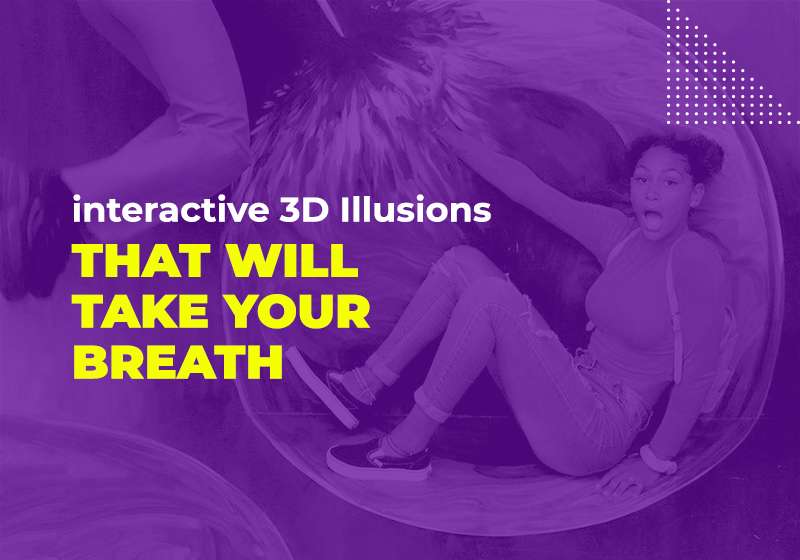
Sunlight filters through the grand windows of the Rincon Annex, revealing a sweeping panorama of California’s story brought to life through paint and passion. The Rincon Annex Murals, created by artist Anton Refregier, stand as one of the most remarkable artistic legacies of the New Deal era. Commissioned in the 1940s as part of a federal art initiative, the project was designed to capture the essence of California’s social and cultural evolution. Refregier’s murals stretch across the lobby of the former post office, now the Rincon Center, forming an immersive gallery that celebrates human endeavor and artistic conviction.
Anton Refregier, a Russian-born artist trained in New York and Europe, envisioned the murals as both historical record and social commentary. His bold use of color and sweeping figures echo the struggle and triumph of a young, restless state. Each brushstroke tells of pioneers, laborers, and visionaries who shaped the West Coast, merging realism with an expressive narrative power that invites contemplation. Unlike decorative art, these Rincon Annex works were intended to spark thought, grounding the past in a vivid visual language accessible to all.
The artist completed 27 panels between 1941 and 1948, chronicling pivotal events from Spanish exploration to modern industrial progress. Today, visitors to the Rincon Annex Murals encounter more than paint on plaster—they experience a symphony of history and artistry harmonized in monumental form. The murals’ endurance through decades of renovation and controversy highlights their cultural significance as a cornerstone of public art in San Francisco.
Major Panels, Themes, and Historical Narratives
The Rincon Annex Murals unfold as a sweeping timeline across California’s turbulent past. Each panel acts as a window into moments that shaped the state’s identity—moments both celebrated and contested. Refregier’s “Discovery” panel evokes the encounter between Indigenous peoples and Spanish explorers, while “Building the Railroad” reveals the monumental labor of Chinese workers forging the transcontinental link. Scenes such as the 1906 earthquake capture resilience amid catastrophe, rendered in earthy tones that make tragedy and renewal almost tactile.
Throughout the murals, Refregier wove stories of struggle and hope, addressing the social and economic forces that defined California. His work was unflinching—depicting strikes, immigration, and cultural exchange in a way that was radical for its time. Critics once called the murals “too political,” but their candor now reads as prescient, a reminder that art often tells the truths history books neglect. The Rincon Annex thus became not only a site of beauty but a forum for civic dialogue about identity and progress.
Visitors standing before these massive compositions often find themselves tracing the evolution of a state and a nation. The interplay of motion and stillness within the Rincon Annex Murals encourages reflection on what endures across eras: courage, creativity, and community. The murals transform the walls into living history—monuments not of stone, but of pigment and perspective.
Interactive Illusion and Public Art: Museum of 3D Illusions in San Francisco
From timeless frescoes to modern interactivity, San Francisco’s art scene embraces every way of seeing. Just a short distance away, the Museum of 3D Illusions continues this tradition of large-scale visual storytelling in a wholly contemporary form. Here, perspective and imagination collide as visitors step inside elaborate 3D scenes designed by top international artists. Guests can test their balance while leaping over a glowing river of molten lava flowing down Lombard Street, walk a razor-thin mountain ridge that feels hundreds of feet high, or soar above the city on a magic carpet drifting past the Golden Gate Bridge. Each setting transforms the visitor into the subject, blending art and participation in equal measure.
The museum’s energy extends into Smash It!, a cathartic companion experience that trades paint for motion. Visitors inscribe their frustrations onto plates, then release them in a safe, exuberant act of destruction—turning emotion into art through sound and sensation. The contrast between the reflective stillness of the Rincon Annex Murals and the adrenaline of Smash It! reveals the city’s dual spirit: contemplative yet fearless, historical yet ever-innovative.
Together, both spaces illustrate how art in San Francisco transcends walls and eras. The Museum of 3D Illusions reinvents the communal engagement once sparked by Refregier’s public murals, proving that whether through brushstroke or illusion, creativity continues to redefine how stories of place, people, and imagination are told.
FAQ
Who painted the Rincon Annex Murals and what do they represent?
Artist Anton Refregier created the Rincon Annex Murals in the 1940s to portray California’s evolving identity. His work combines artistry and historical narrative, showing scenes of discovery, labor, and progress. The murals remain a powerful reflection of public art’s role in shaping civic memory and storytelling.
How do the Rincon Annex Murals connect to modern art attractions in San Francisco?
The Rincon Annex Murals and the Museum of 3D Illusions both invite viewers to engage visually and emotionally with large-scale art. While the murals depict California’s past, the Museum of 3D Illusions offers interactive experiences that let visitors step directly into creative scenes—continuing San Francisco’s tradition of artistic innovation.


